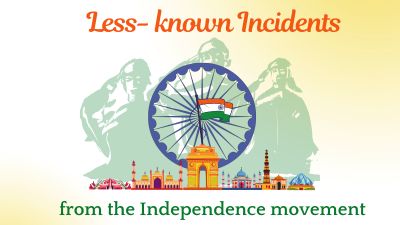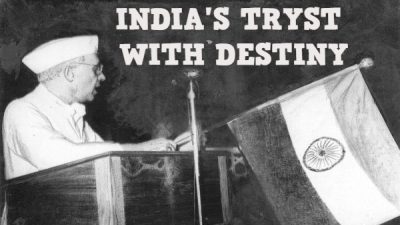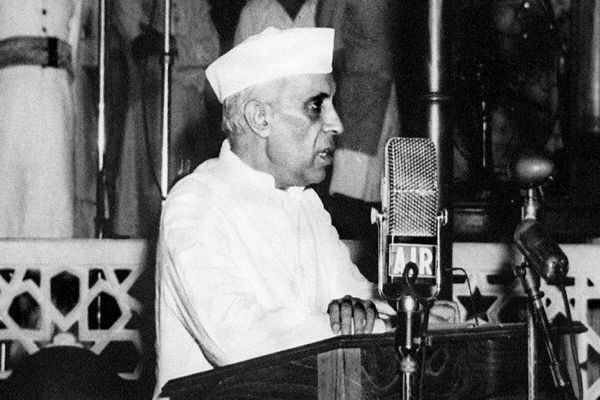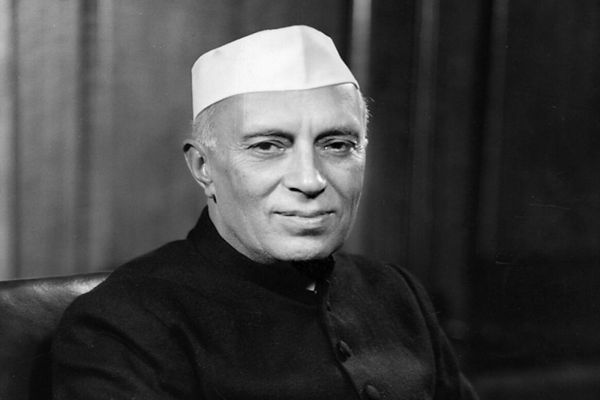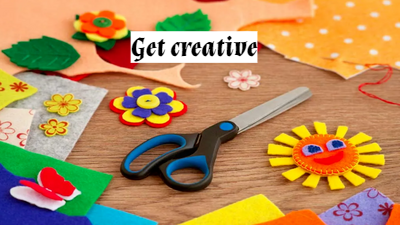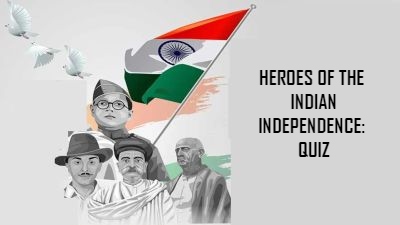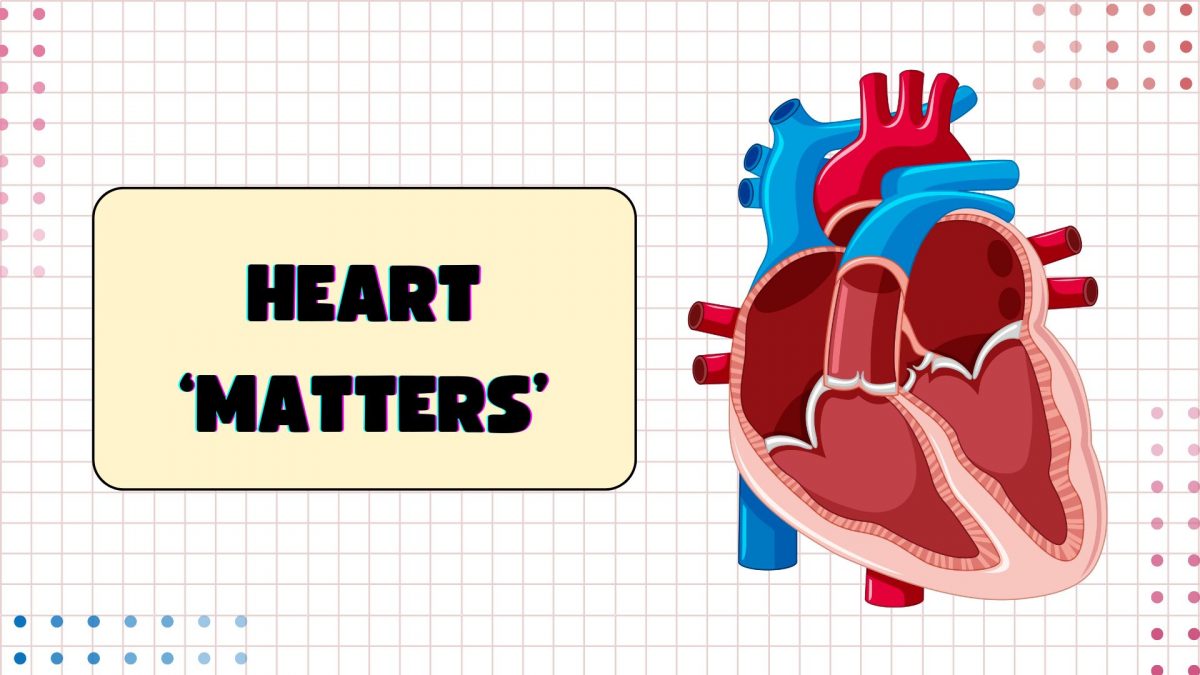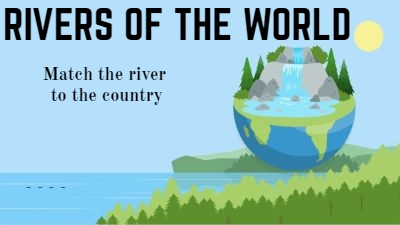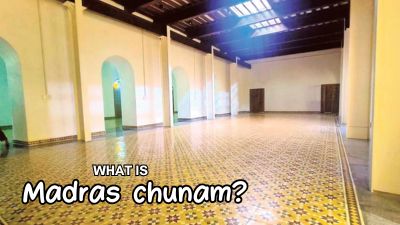This traditional building technique combined practical and environmental principles with aesthetics. Read on.
Take the following ingredients: jaggery mixed with water, egg whites, ghee, freshly curdled yoghurt. No, this is not a recipe for an eclectic new dish. These were ingredients used in the making of Madras chunam, a smooth marble-like finish that was used for plastering the walls of buildings.
You may have heard the words chunnambu (Tamil) or chuna (Hindi). Chunam refers to a plaster made of lime (calcium oxide), applied on building walls as the final coat, to protect the building and improve its appearance. Madras chunam was a plaster extensively used in Tamil Nadu. It was made of burnt lime from seashells and river sand. This was then mixed with various biological ingredients, and applied on walls in multiple coats, in an intensive process spread over many days.
At different stages, jaggery, water, eggs, curd and talc were added in specific proportions. The wall was left to cure between coats and rubbed and smoothed manually to finally achieve a beautifully polished surface. Besides plastering, Madras chunam was also used as mortar to bind bricks together.
Lost technique
Today, it is one of the many traditional techniques lost because of the time, effort, and skilled work that it requires. Modern buildings are commonly made of concrete and cement mortar, which also use lime as a main ingredient, but is produced and mixed industrially. Paint is the final finish, whereas chunam required no other finishing. The sparking white surface had an added benefit in hot climate: it reflects rather than absorbs heat, keeping the indoors cooler.
The shiny and durable finish of Madras chunam was widely admired. British writers like James Holman and Dr. James Anderson regard it as the finest cement they encountered in India and abroad, for both beauty and durability. Madras chunam was used in many colonial buildings of Chennai such as the Senate House and the Chepauk Palace. The technique is said to have travelled even to Singapore and used in the district of Little India.
While the ingredients are curious, they also served a purpose. According to a study published in the journal IJHS in March 2020, jaggery or sugar enhanced the dissolving of lime in water, while sour curd and egg whites acted as binders. All of this made the building more durable and gain more strength as the building ages, often outshining modern, industrial methods.
Indigenous architectural techniques often combine practical and environmental principles with aesthetics. The walls of your current home are likely made of concrete. Now take some time to ask your grandparents what their homes was made of, and see if you find anything interesting!
Local and unusual
Where else can you find unusual local ingredients?
Sticky rice was added to lime mortar while building the Great Wall of China.
In Rajasthan, additives such as jaggery, jute fibre, and methi (fenugreek) were added to lime mortar.

